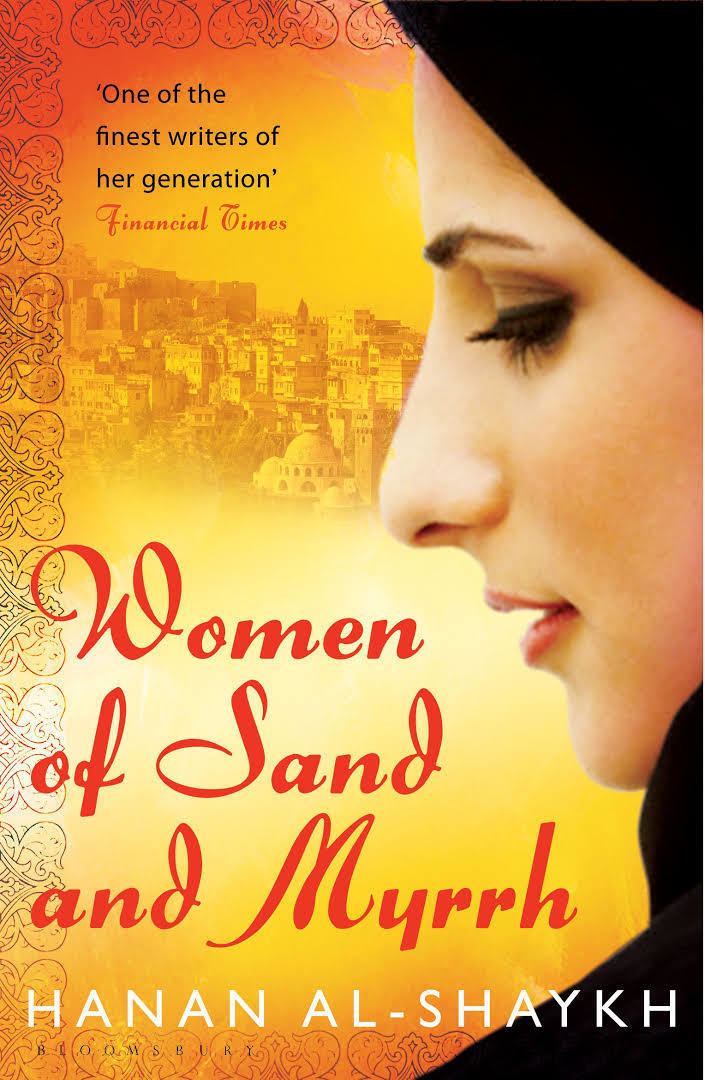6.4 /10 1 Votes6.4
| 3.2/5 Goodreads Copyright date 1988 | |||||||||||||||||||||||||||||||||
 | ||||||||||||||||||||||||||||||||||
Similar Works by Hanan al-Shaykh, Other books | ||||||||||||||||||||||||||||||||||
Women of sand and myrrh
Women of Sand and Myrrh is a novel written by Hanan al-Shaykh. It was originally published in 1989 as Misk al-ghazal and was published in English in 1992. The English translator is Catherine Cobham. Publishers Weekly chose Women of Sand and Myrrh as one of the 50 best books of 1992.
The storyline consists of four main characters: Suha, Tamr, Nur, and Suzanne. Different sections of the novel give the perspectives of the four women, making the book a story with four different narrators.
The story is based in a relatively modern society in the Middle East. Rather than having strong ties into the pre-20th century Middle East, it is representative of life in some of the more fundamentalist societies within the last few decades. Elements of the book are present in this society today:
The novel addresses many issues in today's society and has a wide variety of themes. Main themes of the novel include differing gender roles, class distinctions, culture, religion, and materialism vs. romanticism. Themes include:
Women of Sand and Myrrh was banned in many Arabic lands for strong content (sexual, political, etc.) and for a strong treatment of Arabic culture.
